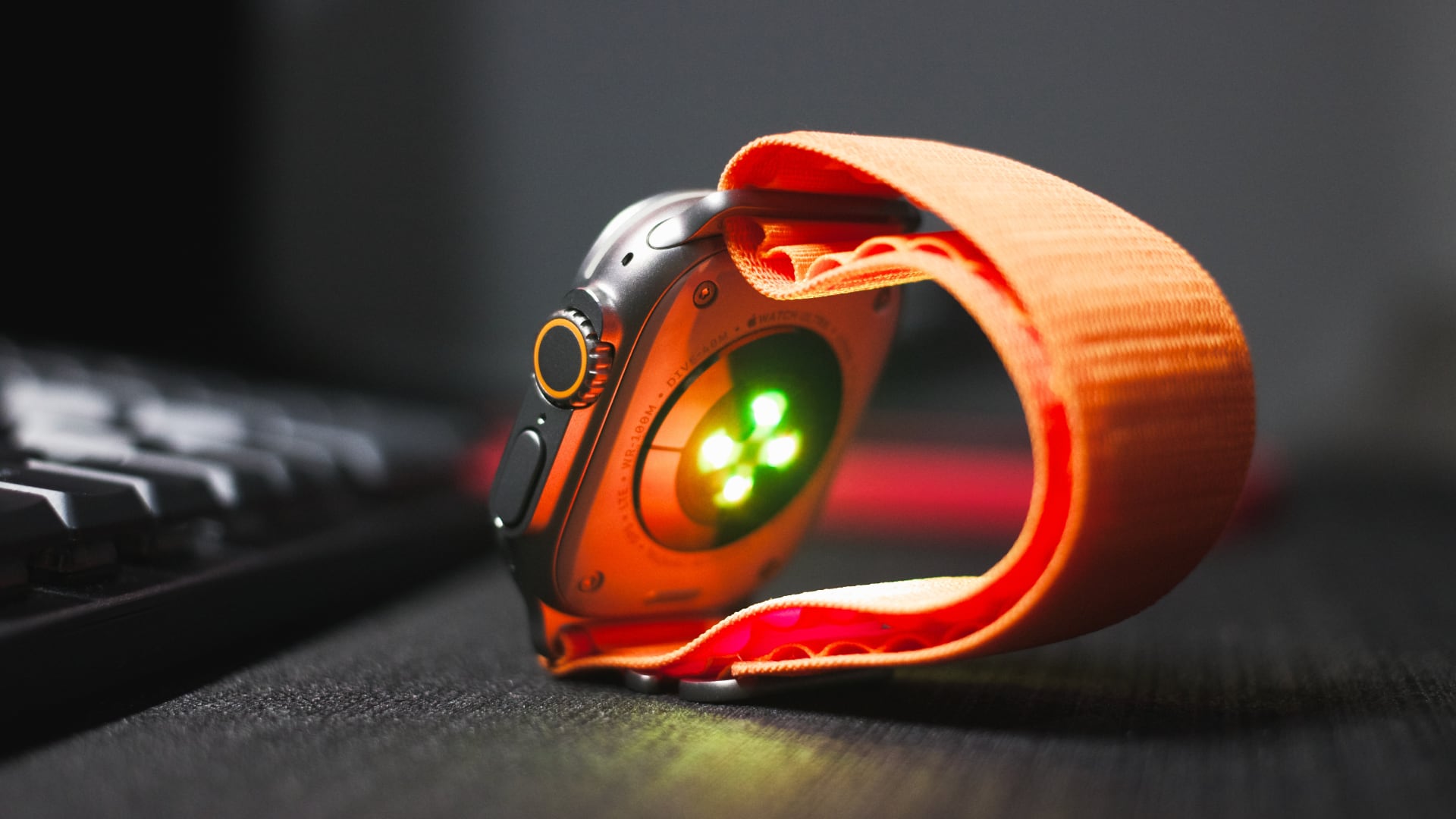After burning billions of dollars on research and development, Apple has reportedly killed the project to develop micro-LED screens for Apple Watch and other devices.

Mark Gurman reports on Bloomberg that Apple has scrapped the plan to develop micro-LEDs in-house. As a result, several dozen engineering roles in the United States and Asia were cut.
“In recent weeks, the company has ceased an in-house effort to create screens with microLED technology,” Gurman wrote. These screens were supposed to debut on a future Apple Watch Ultra model before trickling down to other gadgets.
Apple may have stopped developing micro-LED screens
However, Apple might eventually source micro-LED displays from other companies that are researching and developing the technology. That’s certainly plausible for a company that prefers to own critical technology instead of buying it from others.
micro-LED has higher brightness than OLED panels on iPhones and Apple Watches. Other benefits of micro-LED include no brightness drops over time, fewer burn-in artifacts, better power efficiency and OLED-like images with no degradation.
Will Apple partner with other suppliers for micro-LEDs?
The first word that the micro-LED project was in trouble came from AMS-Osram, which announced that a “cornerstone project” was “unexpectedly canceled.” Osram was believed to have worked on the micro-LED project with Apple.
“The shock is still deep,” CEO Aldo Kamper told investors on a conference call. “We thought everything was on track,” he added. Osram’s priority right now is selling a $1.41 billion factory built in Malaysia in anticipation of Apple orders.
Analyst Ming-chi Kuo commented on Kampar’s statement by saying that Apple couldn’t see a path forward as the project wasn’t “economically viable.”
A deleted tweet
Following the unexpected news from AMS-OSRAM, industry publications DigiTimes and ETNews reported that Apple would get these screens from another supplier.
This led Gurman to express doubt that the project was canceled entirely. “AMS-Osram was one supplier in the Apple Watch Ultra microLED project,” he wrote on X, formerly Twitter. “There are several others. I doubt it was canceled.”
Gurman has now deleted that tweet. However, the author insists in his Bloomberg story that Apple is still “eyeing microLED for other projects down the road,” but with the usual caveat—such a move “won’t likely happen anytime soon.”
Apple optimizing its business for the future
Apple has canceled several initiatives recently, beginning with Project Titan, a decadelong project that burned billions of dollars without producing tangible results. Before that, Apple ended an internal project to develop a 5G modem. And we still remember AirPower, another announced-and-then-canceled project.
Other projects like an OLED-based iPad Air and a screen-equipped HomePod are taking a long time to complete. Apple is said to be counting on other ways to power grow now that the electric car project is no more and it’s fallen behind in AI.
Why Wall Street isn’t surprised by any of this
Those could include a fitness ring that gathers vital health data, smart glasses with speakers and cameras and AirPods with cameras and health sensors.
Interestingly, Apple’s shares didn’t take a beating with the cancellation of Project Titan and other initiatives. This is because Wall Street investors didn’t have reasons to believe those projects were anywhere near completion so any potential benefits from those initiatives weren’t calculated into their models.